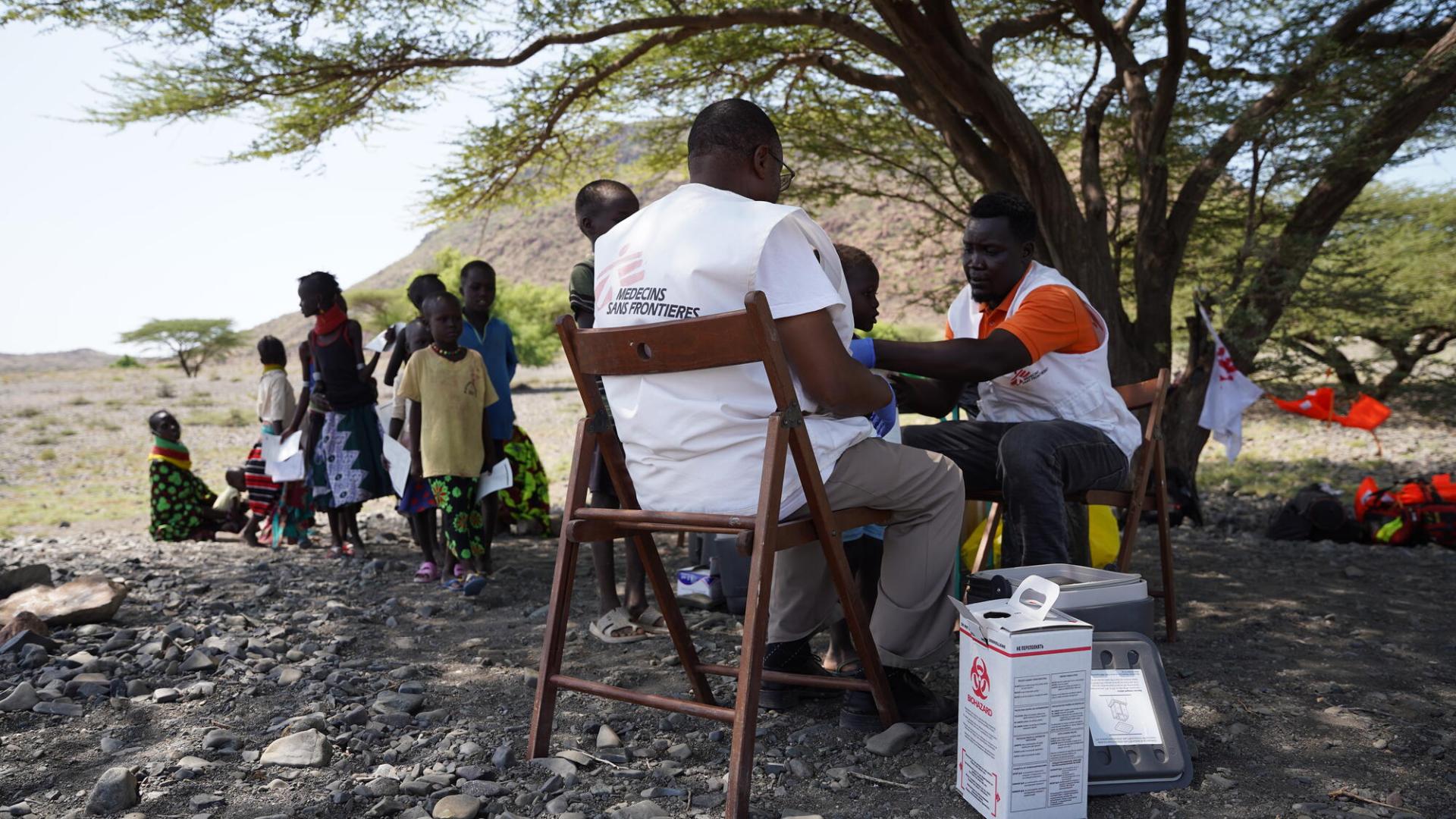
Kenya
In 2024, drought, conflict, and growing humanitarian needs continued to drive people to seek refuge in Dadaab, an already overcrowded camp complex hosting more than 350,000 refugees. Our teams maintained essential healthcare services in and around the camps particularly in Dagahaley while consistently calling for improved living conditions and increased humanitarian assistance to meet rising needs.

334,900
334,9
17,500
17,5
7,220
7,22
3,670
3,67

1,987
1,987
1,233
1,233
24.4M
24.4M
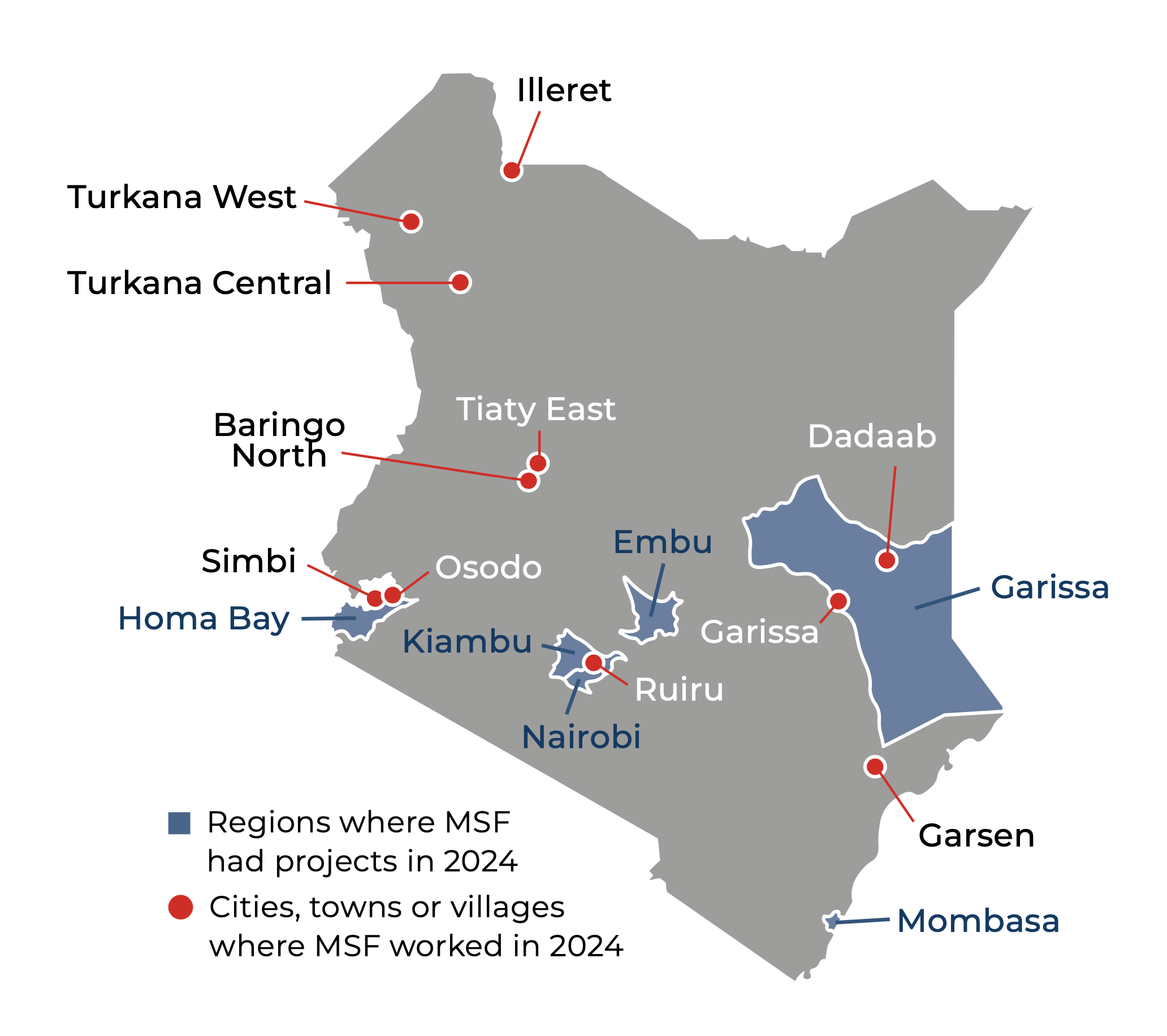
Our activities in 2024
Our teams continued to deliver healthcare in Dadaab, a huge, overcrowded camp complex, which currently hosts more than 350,000 refugees. During the year, we repeatedly called for better living conditions and increased humanitarian assistance for the constantly growing population, especially in Dagahaley camp. In Kiambu county, we supported refugees who had fled Kakuma camp following an outbreak of fighting.
In Mombasa, we supported three health facilities to cater to the specific needs of vulnerable adolescents and young adults, such as people with disabilities, the LGBTQI+ community, individuals living on the streets, and people who engage in sex work or use drugs.
In Nairobi, our Lavender House clinic offered medical care and social support to people affected by violence – including sexual violence – in the Eastlands area. During the protests in July, our clinic dispatched a medical team to treat the injured. Our youth-friendly centre also continued to run medical services, psychosocial support, recreational activities, and educational programmes throughout 2024.
MSF responded to several other emergencies during the year. In March, extensive flooding resulted in hundreds of casualties, and destroyed homes and livelihoods. Our teams launched responses in Nairobi, Nakuru, Homa Bay, Tana River, and Garissa counties, providing medical assistance, as well as clean water, jerry cans, and warm clothes for children. We also responded to outbreaks of malaria in Baringo and Turkana counties, measles and Rift Valley fever in Marsabit county, and measles in Dagahaley camp. In the displacement camps in Baringo county, we launched a response to support victims and survivors of sexual and gender-based violence.
In Homa Bay county, we continued to run two adult wards, the tuberculosis ward, a Kaposi’s sarcoma clinic, and a post-discharge clinic at the hospital, as well as chronic disease clinics in two health centres.
After five years of supporting the provision of health and social support for people who use drugs in Kiambu, we handed over activities to the county Department of Health and a patient-led community-based organisation
Our Projects
.
MSF Mombasa project
msf.or.keMSF has been supporting the Mombasa County Government since 2021 in implementing the Adolescent and Youth Population (AYP) Strategy through youth-friendly services in three Department of Health dispensaries, outreach, and community-based activities in Kisauni, Nyali, and Mvita Sub-counties in Mombasa.
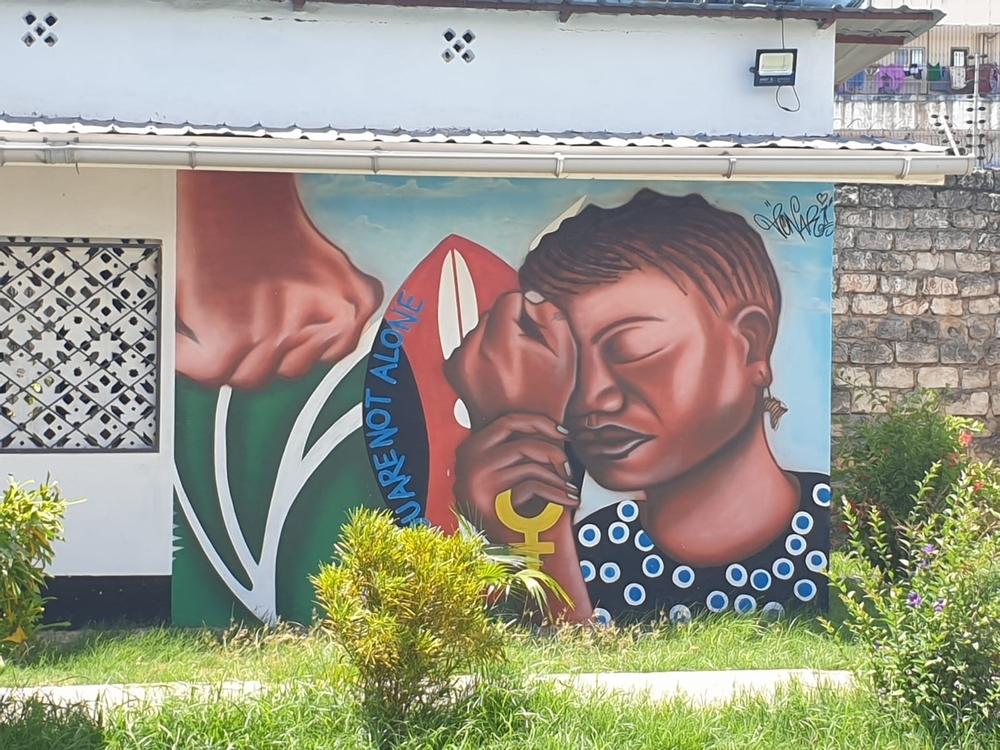
MSF Eastlands project
msf.or.keSince 2008, MSF has been responding to urban violence in Eastlands, Nairobi by providing comprehensive medical care to survivors of sexual and gender-based violence (SGBV). Services are offered through Lavender House Clinic and Ministry of Health facilities (Mama Lucy Kibaki Hospital and Dandora II Health Centre) using a nurse-led model.
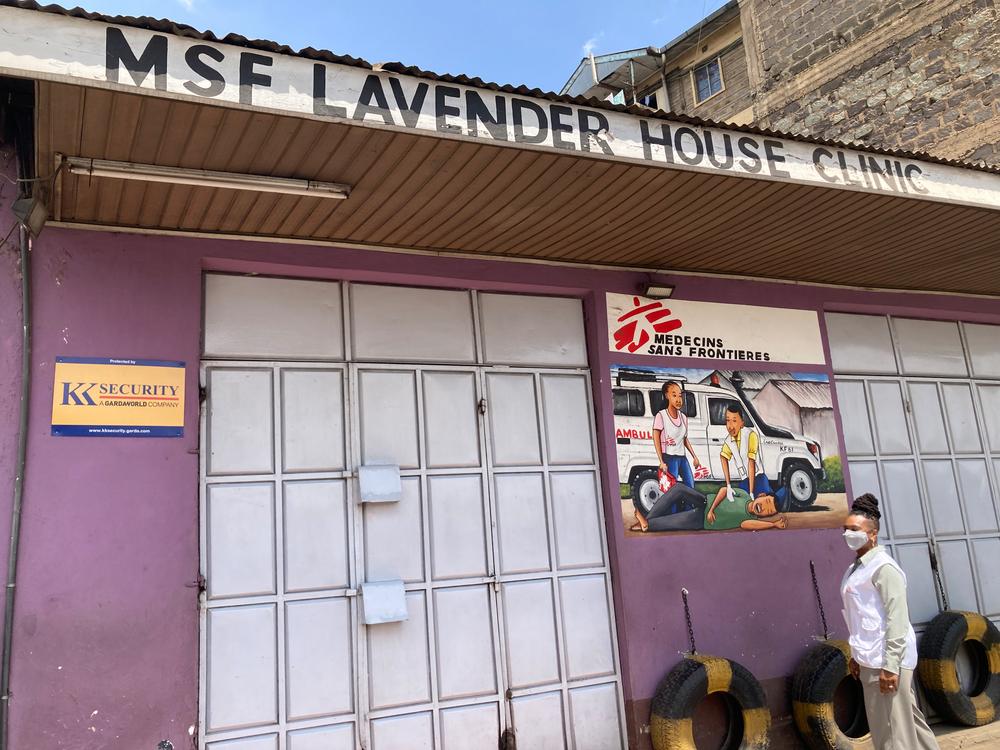
MSF Homa Bay project
msf.or.keMSF has been working in Homa Bay since 1997, initially responding to the high HIV prevalence (then 35%). Over time, services expanded from HIV care to cover chronic diseases and non-communicable diseases (NCDs) such as diabetes, hypertension, asthma, epilepsy, COPD, and sickle cell disease.
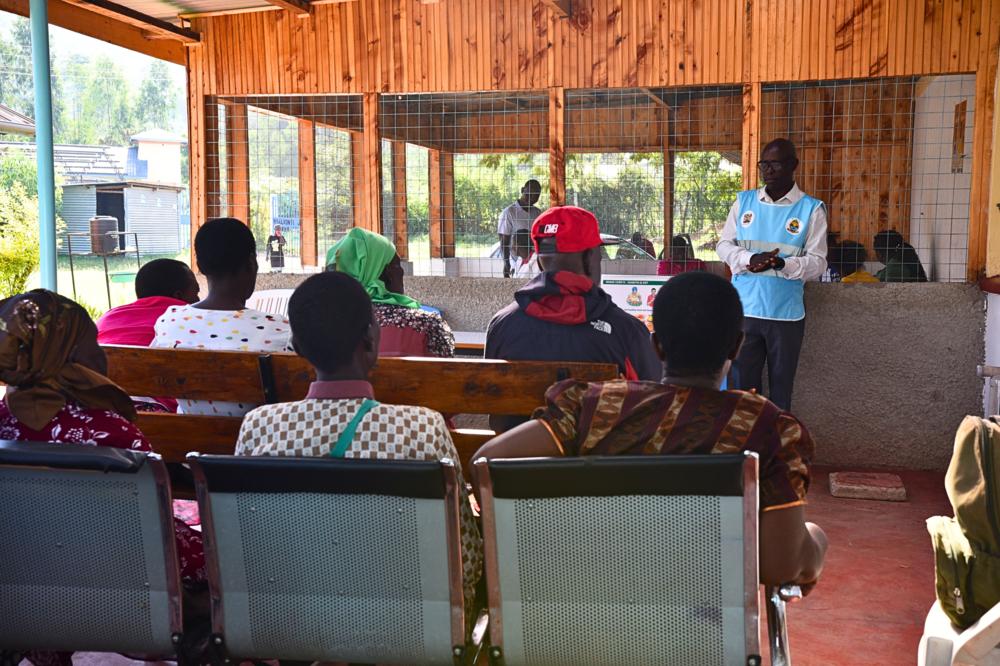
MSF Dagahaley project
msf.or.keThe Dadaab refugee complex hosts over 416,000 refugees, with Dagahaley Camp alone sheltering more than 104,000 people. MSF has been active in the camps for over 30 years, providing comprehensive healthcare to refugees and host communities through three health posts and a 90-bed hospital.
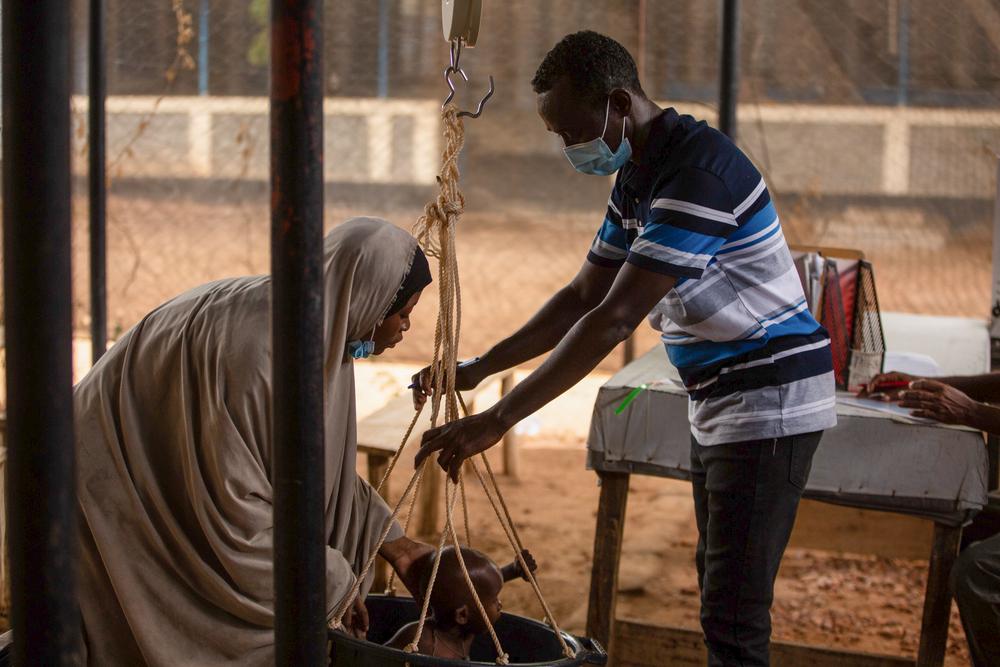
- Try a different country, year, format, or topic.
- Clear one or more filters